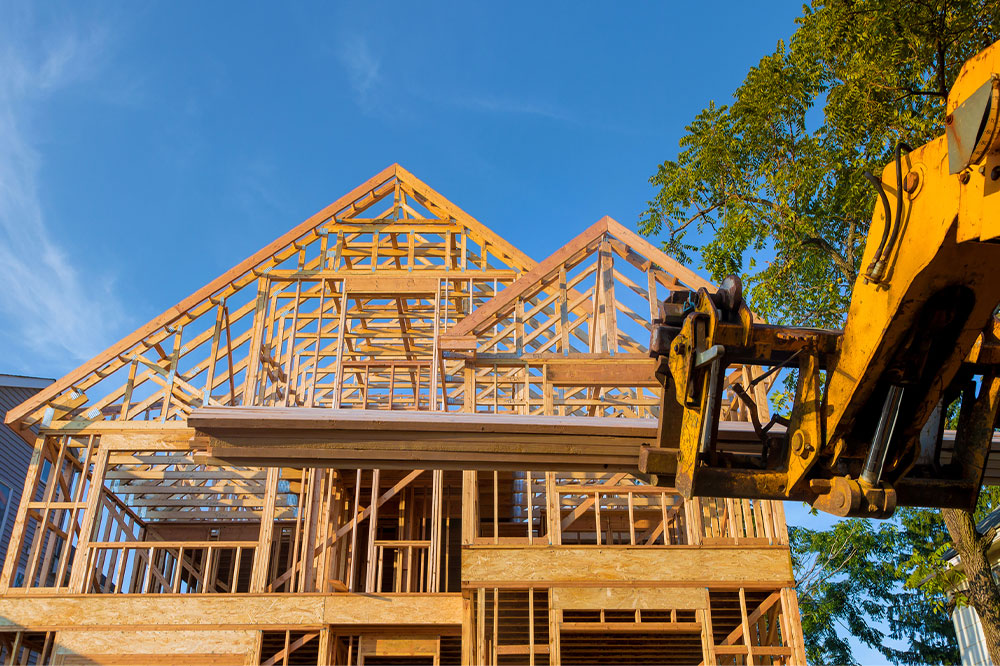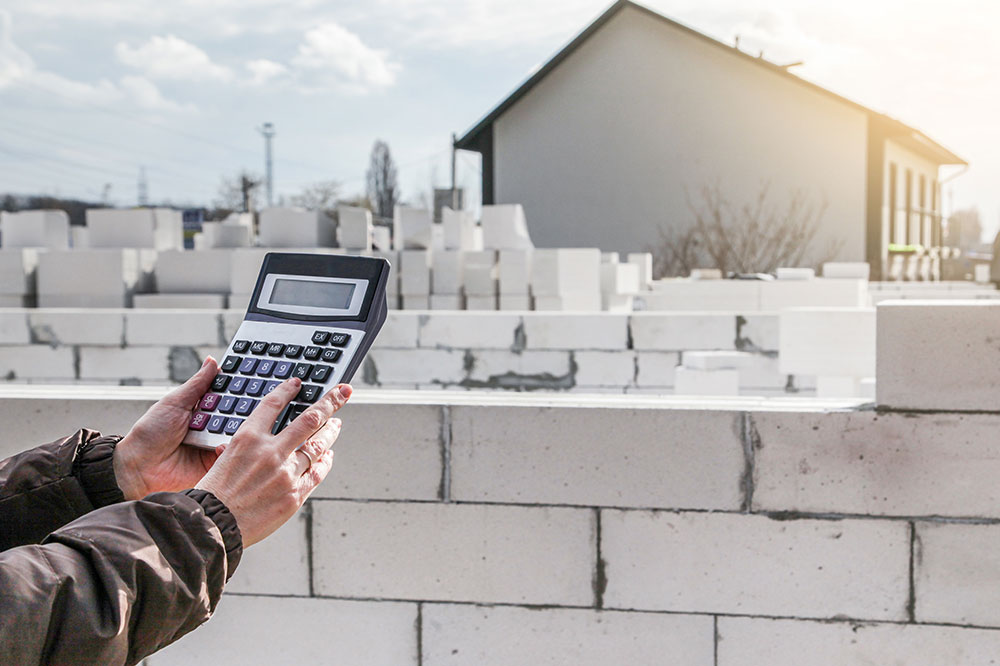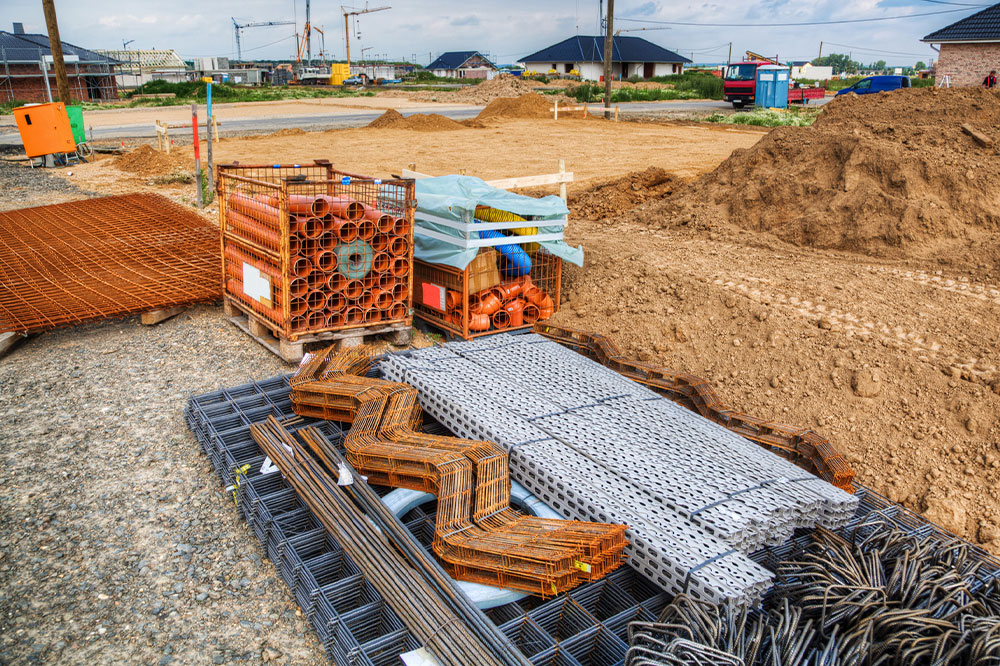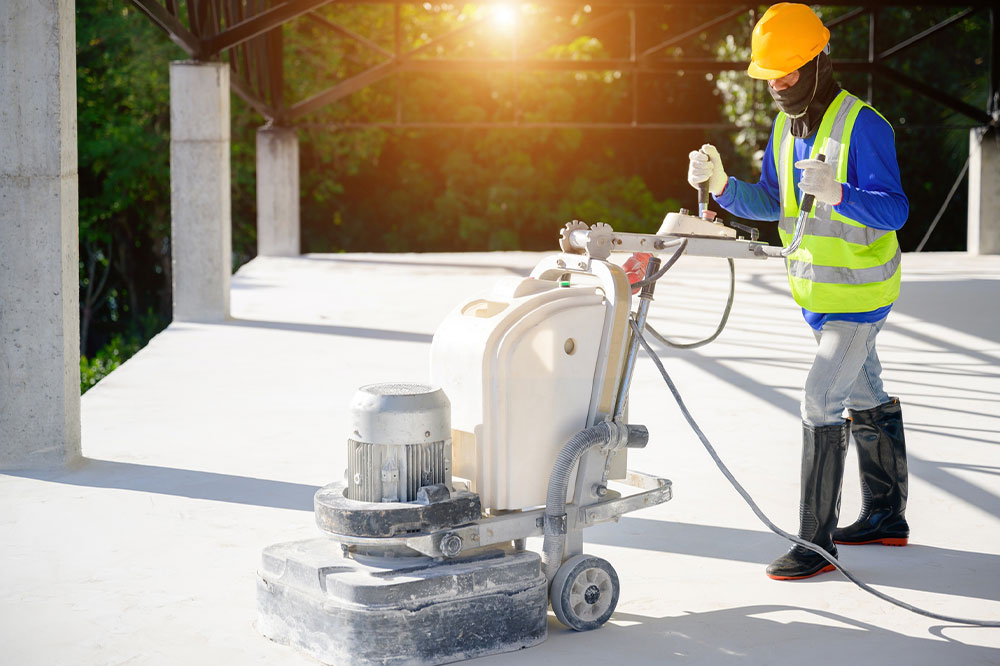Premixed Concrete Solutions: Costs, Suppliers, and Advantages
Premixed concrete offers high-quality, consistent, and fast production for construction projects. With reduced cement use and minimal human error, it ensures durability and timely delivery. Types vary from transit to central-mixed concrete, meeting diverse project needs efficiently.
Sponsored
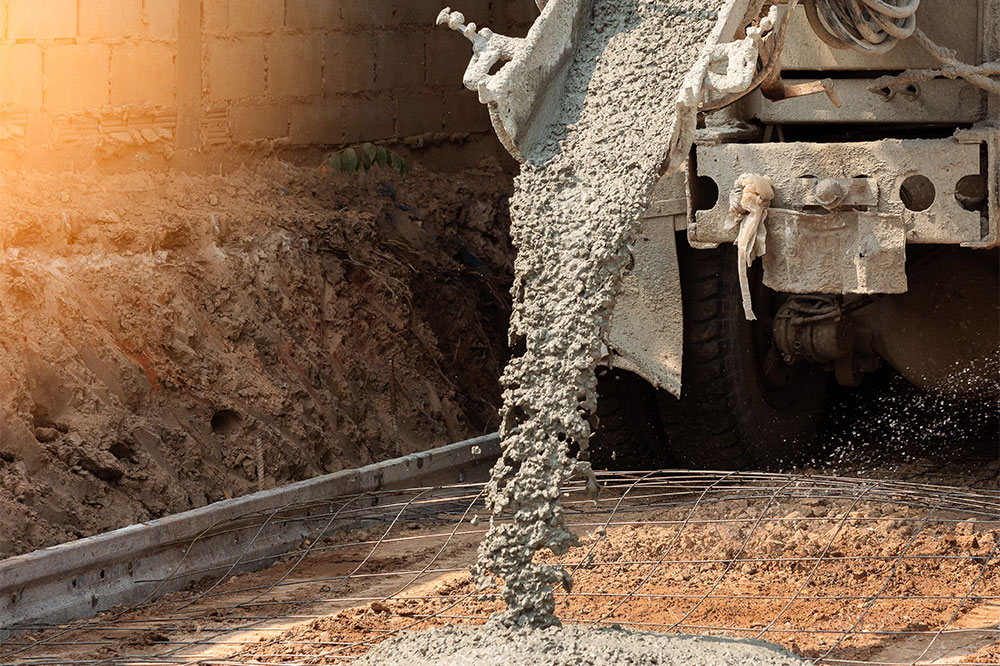
Premixed concrete, commonly called ready-mix concrete, is produced in specialized plants adhering to precise mixture formulas. It is then transported directly to construction sites using truck-mounted transit mixers. While the cost of ready-mix concrete tends to be higher than on-site mixing due to transportation and processing, the benefits it offers to modern construction are substantial.
Key advantages include superior quality, rapid production, reduced cement consumption, minimal human error, and reliable delivery timelines.
Advantages of premixed concrete
High Quality Materials
Manufactured with advanced equipment in controlled environments, premixed concrete guarantees consistency and quality superior to traditional site-mixed options. Strict quality controls and rigorous testing further enhance its reliability.
Production speed is notably high due to mechanization at manufacturing plants, capable of generating 30-60 cubic meters per hour, far exceeding typical on-site mixing rates of 4-5 cubic meters.
Using standardized processes, premixed concrete reduces cement usage by approximately 10-12%, making it more cost-efficient and environmentally friendly.
Mechanized production minimizes human errors, leading to stronger, more durable structures with lower lifecycle costs.
Delivery is meticulously scheduled to meet project requirements, ensuring timely availability of concrete in varying quantities.
Common Types of Premixed Concrete
These include transit-mixed, shrink-mixed, and central-mixed concrete.
Transit-Mixed Concrete
Also known as dry-batched concrete, this type involves loading all ingredients directly into trucks, which rotate at high speed during loading and transit. It has three variants: concrete mixed at the site, in transit, or at the yard.
Concrete mixed at the site
The mixer rotates slowly during transportation, then at high speed for discharge upon arrival.
Concrete mixed in transit
The drum rotates at medium speed during transit, slowing down to unload the concrete after approximately 70 revolutions.
Concrete mixed at the yard
The mixture is prepared at the manufacturing facility with high-speed rotation, then slowed during transit.
Shrink-Mixed Concrete
Combining at the plant and during transit, this type involves partial mixing at the plant, with final mixing completed en route. The extent of transit mixing is customized based on testing results.
Central-Mixed Concrete
Often called plant-mixed or wet-batch concrete, this involves thorough mixing of ingredients like cement, water, and admixtures at a central plant before being loaded into transit trucks, which act mainly as agitators during transport to maintain homogeneity.

